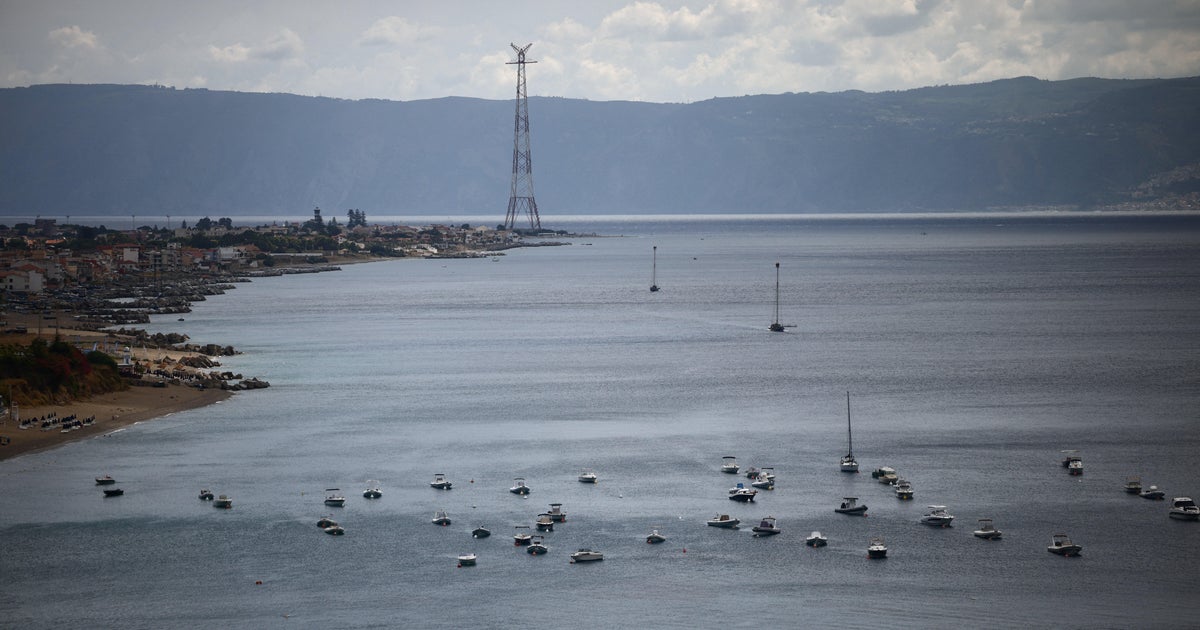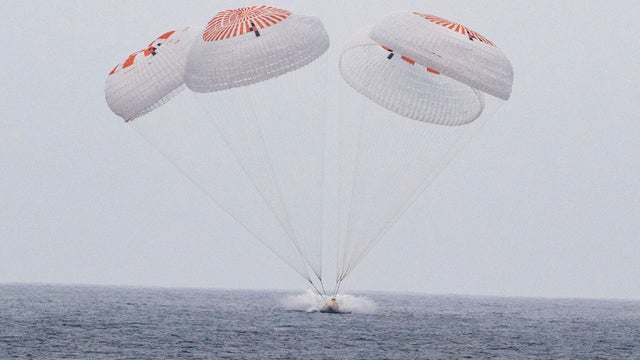

Italy has given the green light to a monumental infrastructure project: the construction of the world's longest suspension bridge, spanning the Strait of Messina, connecting Sicily to the Italian mainland. The project, carrying a hefty price tag of €15.5 billion ($15.5 billion USD), has been a subject of debate and delays for decades. Its approval signifies a significant investment in Italy's infrastructure and aims to drastically improve transportation between the two regions. The bridge, expected to stretch approximately 3.3 kilometers (2 miles), will be a marvel of engineering. Its design will likely incorporate cutting-edge technologies to withstand the region's seismic activity and strong winds. Beyond the sheer scale, the project's proponents highlight several key benefits: Reduced travel times: Currently, travel between Sicily and the mainland relies heavily on ferries and air travel, resulting in significant delays and logistical challenges. The bridge promises to dramatically cut travel times, boosting economic activity and tourism. Economic stimulation: The construction phase alone will create thousands of jobs, injecting vital capital into the Italian economy. Furthermore, easier access to the mainland is expected to stimulate economic growth in Sicily, potentially attracting new businesses and investments. Improved connectivity: Beyond facilitating transportation, the bridge symbolizes a stronger connection between Sicily and mainland Italy, potentially bridging a historical and economic divide. However, the project also faces significant challenges and criticisms: Environmental concerns: The construction will undoubtedly have an impact on the delicate marine ecosystem of the Strait of Messina. Environmental impact assessments and mitigation strategies will be crucial to minimize the ecological footprint. Cost overruns and delays: Given the project's complexity and history of delays, there are concerns about potential cost overruns and extended construction timelines. Robust project management and transparent financial oversight will be essential. Seismic risks: The Strait of Messina is a seismically active region. The bridge's design must account for potential earthquakes to ensure safety and longevity. Mafia involvement: The history of organized crime in Southern Italy raises concerns about the potential for corruption and infiltration within the project. Strict anti-corruption measures will be necessary to ensure transparency and accountability. The approval of this ambitious project marks a significant moment for Italy. Its success hinges on effective management, rigorous environmental protection, and unwavering commitment to transparency and accountability. Whether this colossal undertaking fulfills its promises of economic revitalization and improved connectivity, or succumbs to the challenges inherent in such a massive endeavor, remains to be seen. The coming years will be crucial in determining the ultimate legacy of this world's longest suspension bridge.

A long-delayed and debated bridge linking the Italian mainland with Sicily cleared a major hurdle Wednesday, allowing work to begin on what would be the world's longest suspension bridge, despite concerns over earthquakes, environmental impacts and the threat of mafia interference.
An interministerial committee with oversight of strategic public investments approved the 13.5 billion euro ($15.5 billion) project, the Transport Ministry said in a statement. Transport Minister Matteo Salvini said the project will be "an accelerator for development" in southern Italy.
Preliminary work could begin later this summer with construction expected to start next year and, French news agency AFP points out, projected completion in 2032.
The Strait of Messina Bridge has been approved and canceled multiple times since the Italian government first solicited proposals in 1969 and was most recently revived by Premier Giorgia Meloni's administration in 2023. The notion of constructing a link between Sicily and the mainland dates back to ancient Rome.
The decision marks a political victory for Salvini, who has made the realization of the bridge a hallmark of his tenure, saying it would be "a revolution" for southern Italy by bringing jobs and economic growth.
The Strait of Messina Bridge would measure nearly 3.7 kilometers (2.3 miles), with the suspended span reaching 3.3 kilometers (some 2 miles), surpassing Canakkale Bridge in Turkey, currently the longest, by 1,277 meters (4,189 feet). With four lanes of traffic flanked by a double-track railway, the bridge would have the capacity to carry 6,000 vehicles an hour and 200 trains a day.
AFP notes that some critics believe the span will never be built, pointing to a long history of public works announced and financed but still never finished in Italy.
The project could provide a boost to Italy's commitment to raise defense spending to 5% of GDP targeted by NATO, as the government has indicated it would classify the bridge as defense-related, helping it to meet a 1.5% security component. Italy argues that the bridge would form a strategic corridor for rapid troop movements and equipment deployment to NATO's southern flanks, qualifying it as a "security-enhancing infrastructure."
A group of more than 600 professors and researchers signed a letter earlier this summer opposing the military classification, noting that such a move would require additional assessments to see if it could withstand military use. Opponents also say the designation would potentially make the bridge a target.
Environmental groups have lodged additional complaints with the EU, citing concerns that the project will impact migratory birds, noting that environmental studies hadn't demonstrated that the project is a public imperative.
The original government decree reactivating the bridge project included language giving the Interior Ministry control over anti-mafia measures. But Italy's president insisted that the project remain subject to anti-mafia legislation that applies to all large-scale infrastructure projects in Italy out of concerns that the ad-hoc arrangement would weaken controls.
The project has been awarded to a consortium led by WeBuild, an Italian infrastructure group that initially won the bid to build the bridge in 2006 before the project was canceled in 2013. WeBuild constructed the Canakkale Bridge, which is currently the longest suspension bridge at 2 kilometers and 23 meters (about a mile and a quarter).
The Canakkale Bridge, which opened in 2022, was built using the engineering model originally devised for the Messina Bridge, with a wing profile and a deck shape that resembles a fighter jet fuselage with openings to enable wind to pass through the structure, according to WeBuild.
Addressing concerns about building the bridge over the Messina fault, which triggered a deadly quake in 1908, WeBuild has emphasized that suspension bridges are structurally less vulnerable to seismic forces. It noted that such bridges have been built in seismically active areas, including Japan, Turkey and California.
WeBuild CEO Pietro Salini told investors this month that the Messina Bridge "will be a game-changer for Italy."





